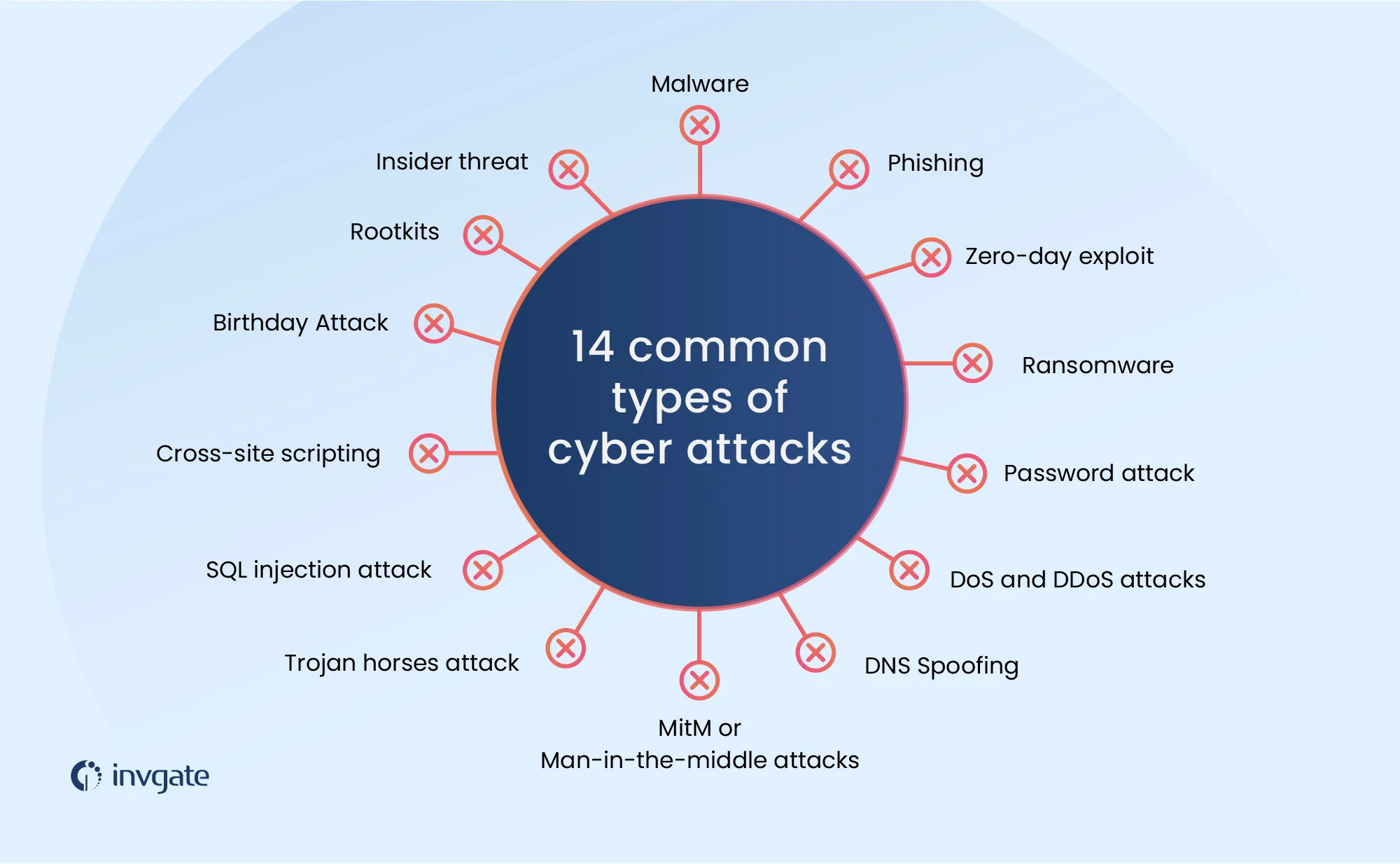
Cybercrime is a rapidly growing threat to our digital lives, with millions of people falling victim to cyber attacks every year. CybercrimeThese attacks result in the theft of personal and financial information, causing significant harm to individuals, businesses, and organizations. Moreover, cybercrime has severe economic consequences, impacting the economy as a whole. Therefore, it is essential that we remain vigilant and take proactive measures to protect our digital security and combat cybercrime.
What Is Cybercrime?
Cybercrime refers to illegal activities carried out using computers or the internet. It can take many forms, such as hacking, phishing, identity theft, ransomware attacks, and online scams. These crimes often aim to steal personal information, money, or sensitive data, but they can also disrupt systems, damage reputations, and cause emotional distress.

How Cybercrime Is Growing

Cybercrime is on the rise for several reasons:
- Increased Online Activity: As more people and businesses move online, hackers have more opportunities to target victims.
- Advanced Technology: Cybercriminals are using sophisticated tools like artificial intelligence and malware to launch attacks.
- Global Connectivity: The internet connects billions of people, making it easier for cybercriminals to reach anyone, anywhere.
- Lack of Awareness: Many people are unaware of how to protect themselves online, making them easy targets for hackers.
How Does Cybercrime Affect You?

Cybercrime doesn’t just happen to big corporations or celebrities—it can affect anyone. Here are some ways it may impact you:
- Financial Loss: Online scams, phishing emails, and hacked accounts can lead to stolen money or unauthorized transactions.
- Identity Theft: Cybercriminals can steal your personal information (like your name, address, and credit card details) and use it to commit fraud.
- Emotional Stress: Falling victim to cybercrime can leave you feeling vulnerable, angry, or betrayed.
- Privacy Breaches: Hackers can access private messages, photos, or sensitive data and leak them online.
- Disruption of Daily Life: Ransomware attacks can lock you out of your devices, disrupting work, communication, or daily activities.
Real-Life Examples
- Phishing Scams: You receive an email that looks like it’s from your bank, asking you to “confirm” your account details. Once you provide them, hackers can access your account and steal your money.
- Ransomware Attacks: A virus infects your computer and locks your files. The hacker demands payment to unlock them.
- Social Media Hacks: Cybercriminals hack into social media accounts to spread fake messages, scams, or steal personal information.
- Here are some real-world examples of cyber attacks:
- RansomwareA type of malware that encrypts a user’s personal data and demands a ransom to regain access. The Kaseya VSA ransomware attack in 2021 was a high-profile example of this type of cyber attack.

How to Protect Yourself from Cybercrime

The good news is that you can take steps to protect yourself online. Here are some tips:
- Use Strong Passwords: Create unique passwords for each account and avoid using easily guessed words like “123456” or “password.”
- Enable Two-Factor Authentication (2FA): This adds an extra layer of security to your accounts.
- Beware of Phishing Scams: Don’t click on suspicious links or open emails from unknown senders.
- Keep Software Updated: Regularly update your devices and apps to fix security vulnerabilities.
- Install Antivirus Software: Protect your devices from viruses and malware.
- Limit Sharing Personal Information: Be cautious about what you share online, especially on social media.
- Backup Your Data: Regularly save copies of your important files on external drives or cloud storage.Cyber Crime Statistics
- 50% of UK businesses experienced some form of cyber attack in 2023.
- Nearly 1 billion emails were exposed in a single year, affecting 1 in 5 internet users.
- Data breaches cost businesses an average of $4.88 million in 2024.
- Around 236.1 million ransomware attacks occurred globally in the first half of 2022.
- 1 in 2 American internet users had their accounts breached in 2021.
- 39% of UK businesses reported suffering a cyber attack in 2022.
- Around 1 in 10 US organisations have no insurance against cyber attacks.
- 53.35 million US citizens were affected by cyber crime in the first half of 2022.
- Cyber crime cost UK businesses an average of £4200 in 2022.
- In 2020, malware attacks increased by 358% compared to 2019.
- The most common cyber threat facing businesses and individuals is phishing.
- Cyber Crime Overview
- Cyber attacks globally increased by 125% in 2021 compared to 2020, and increasing volumes of cyber attacks continued to threaten businesses and individuals in 2022
- What are 7 internet safety tips?
- Cybersecurity 7 Basic Internet Safety Tips
- Protect Your Personal Information With Strong Passwords. …
- Keep Personal Information Private. …
- Make Sure Your Devices Are Secure. …
- Pay Attention to Software Updates. …
- Be Careful About Wifi. …
- Set Up Two-Factor Authentication. …
Global Cyber Crime Statistics

What country has the strongest cyber security?
Poland has the strongest cyber security, according to the National Cyber Security Index.
The NCSI measures a country’s ability to prevent cyber threats and manage cyber incidents. As of December 2023, the 5 countries with the highest scores on the NCSI are:
- Poland (90.83)
- Estonia (85.83)
- Ukraine (80.83)
- Latvia (79.17)
- United Kingdom (75.00)
Conclusion
Cybercrime is a pervasive and evolving threat in the modern world. As we continue to rely on digital platforms for communication, commerce, and critical services, the importance of cybersecurity cannot be overstated. By working together—governments, businesses, and individuals alike—we can mitigate the risks and build a safer digital future.
<

Leave a Reply
You must be logged in to post a comment.